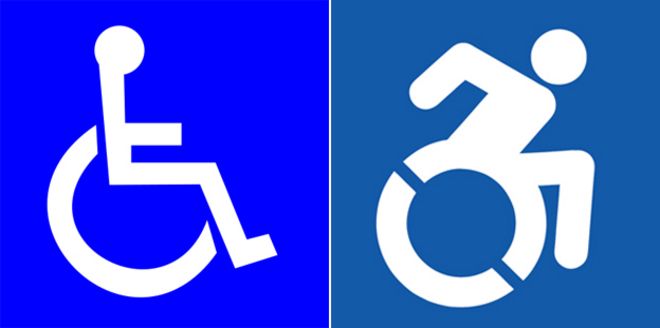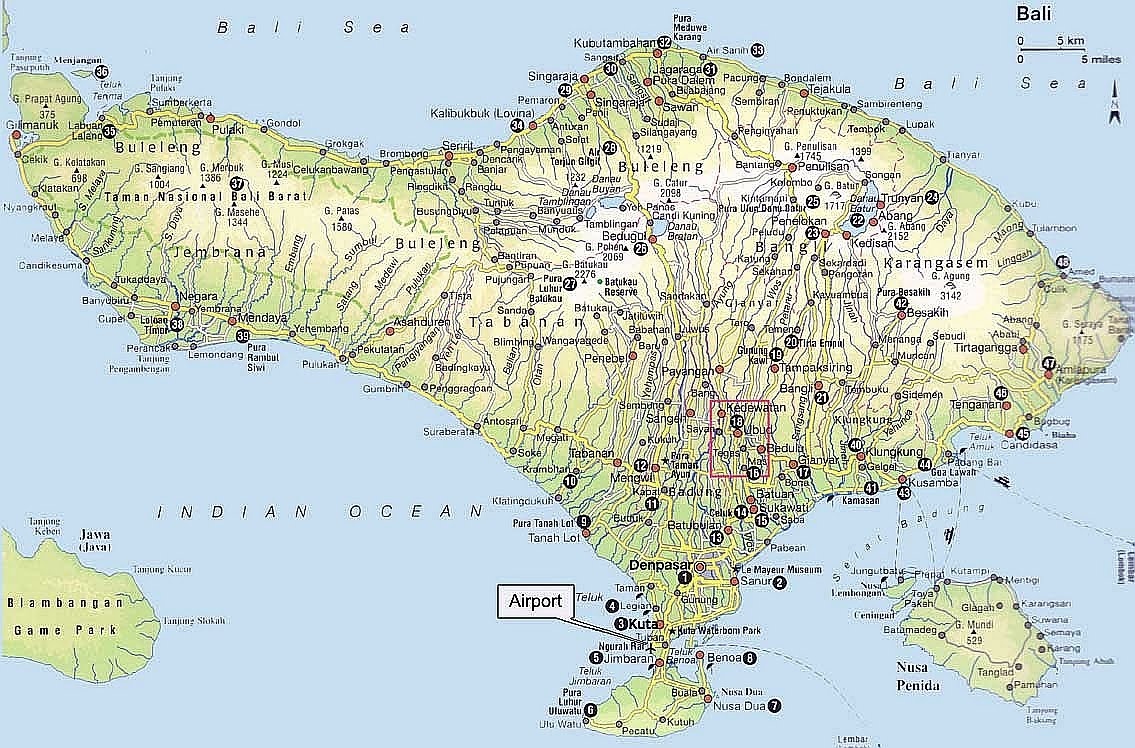| No Images? Click here The photo above is Jalijah Jones. He just began his junior year at Kalamazoo Central High School in Michigan. Last year a school police officer Tasered him for getting into a fight with another kid -- after the fight had broken up.Jones, who says he blacked out after falling to the ground from the shock of the stun, remembers being cuffed a few seconds later, and the school cops dragging him through the hallways and out of school. He was charged with resisting arrest ― a charge that he is still fighting many months after the December 2017 incident.The police officer who stunned Jones is one of over 80,000 currently stationed in public schools around the country, according to the most recent data available from the U.S. Department of Education, covering the 2015-16 school year. (In 1997, only 10 percent of public schools had police officers, but in 2016, 42 percent did.)There is understandable logic to having more police in schools. But civil rights activists say there’s another negative side to this police presence, once which puts students like Jones – young and impulsive, acting on frivolous teenage passions – in danger of police brutality and criminal charges.In August 2016, HuffPost compiled a minimum count of how often Tasers or stun guns were used by school police officers on children. We have created a new list that builds on and expands the 2016 number. For the past several months, HuffPost has been tracking how often students in schools are Tasered or shot with a stun gun, pepper sprayed or intensely physically punished. HuffPost education reporter Rebecca Klein conducted the investigation.Why did you decide to go back to the same story?The timing seemed right. There has been a tremendous level of support at the federal and state-level for increasing the number of cops in schools after deadly shootings like the one in Parkland. But there is little data tracking the impact these police officers actually have. This year I expanded the database to include students who had been pepper sprayed and body slammed.What surprised you during the reporting?I am always surprised how surprised people are that this type of violence happens in schools. When you put cops in schools, they will use the tools -- or weapons -- they have at their disposal.What was most challenging?Because this data is not collected by any official body, I had to create my own database. That meant combing through pages and pages of local news reports. Still, I know my count is only a very minimum. There has to be a more official count.Anything you want to add?School shootings are incredibly rare. In fact, there's no evidence that they're more common now than they were decades go. Yet, communities are going to extreme lengths to increase school security. We don't yet quite know what exactly that will mean for students -- especially the most vulnerable ones.P.S.: Before you go be sure to read Klein's other stories of civil rights violations in America's public schools.
HuffPost is now a part of Oath and a part of Verizon. On May 25, 2018 we introduced a new Oath Privacy Policy which will explain how your data is used and shared. Learn More.The internet's best stories, and interviews with the people who tell them. Like what you see? Forward it to a friend. Or sign up! Can't get enough? Check out our Morning Email.©2018 HuffPost | 770 Broadway, New York, NY 10003 |
skip to main
|
skip to left sidebar
skip to right sidebar
Black as the devil, Hot as hell, Pure as an angel, Sweet as love.
Travel to Indonesia
Contact Our Team:
Raja Kelana Adventures Indonesia
Raja Kelana Adventures Indonesia
Email: putrantos2022@gmail.com
Facebook Messenger: https://www.facebook.com/putranto.sangkoyo
Our Partner
Blog Archive
-
▼
2018
(486)
-
▼
September
(35)
- “Deny. Attack. Reverse victim and offender.”
- Friday Morning Briefing: Senate panel heads to vot...
- Starbucks' C-Market Response + Golden Bean Roastin...
- Thursday Morning Briefing: Trump says he wants two...
- Wednesday Morning Briefing: Democrats have leads i...
- A Major Rust Warning + Reviving Mexico
- Tuesday Morning Briefing: China says Washington is...
- Monday Morning Briefing: High-nicotine e-cigarette...
- How the Washington Post got it wrong on Trump's pa...
- Friday Morning Briefing: Flooding on the horizon f...
- We've Seen Price Crises Before + S P L A in LA
- Thursday Morning Briefing: U.S. ready to resume No...
- Wednesday Morning Briefing: Tightening Texas race ...
- Everything you know about obesity is wrong
- Scandal of the C-Price + Smart Espresso Profiler
- Tuesday Morning Briefing: China says it will retal...
- Monday Morning Briefing: Worst flooding yet to com...
- He led them abroad. Then came the "sex ceremonies"
- Friday Morning Briefing: Underwater in America
- The Coffee Technicians Guild + FSMA Deadline Looms
- Thursday Morning Briefing: 'Go away Florence' - hu...
- Wednesday Morning Briefing: How Trump transformed ...
- Starbucks in Italy + Archetype Breaks the Mold
- Tuesday Morning Briefing: A million told to fee as...
- Monday Morning Briefing: What's changed 10 years a...
- School police have Tasered students at least 120 t...
- Friday Morning Briefing: Top Trump aides rush to d...
- Coffee, Chaos and Healing in Charlottesville + G&B...
- Thursday Morning Briefing: Ducking queries on Trum...
- Wednesday Morning Briefing: Supreme Court nominee ...
- Coffee's Price Collapse + FDA Statement on Prop 65
- Tuesday Morning Briefing: Democrats vow 'sparks wi...
- Monday Morning Briefing: Myanmar court jails Reute...
- These are the 52 Trump investigations Dems have pl...
- A Brand-New Highline Interview Series
-
▼
September
(35)









